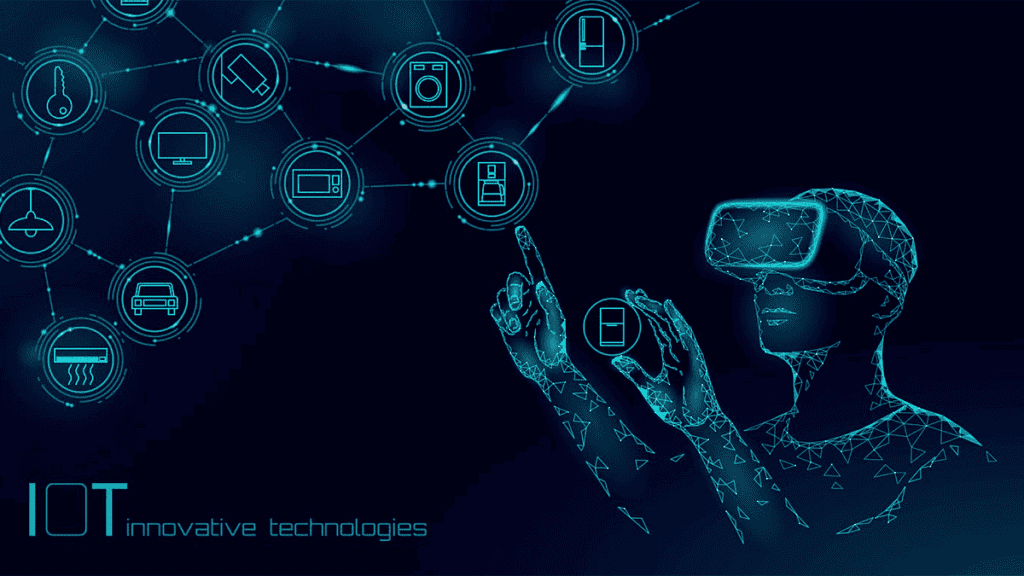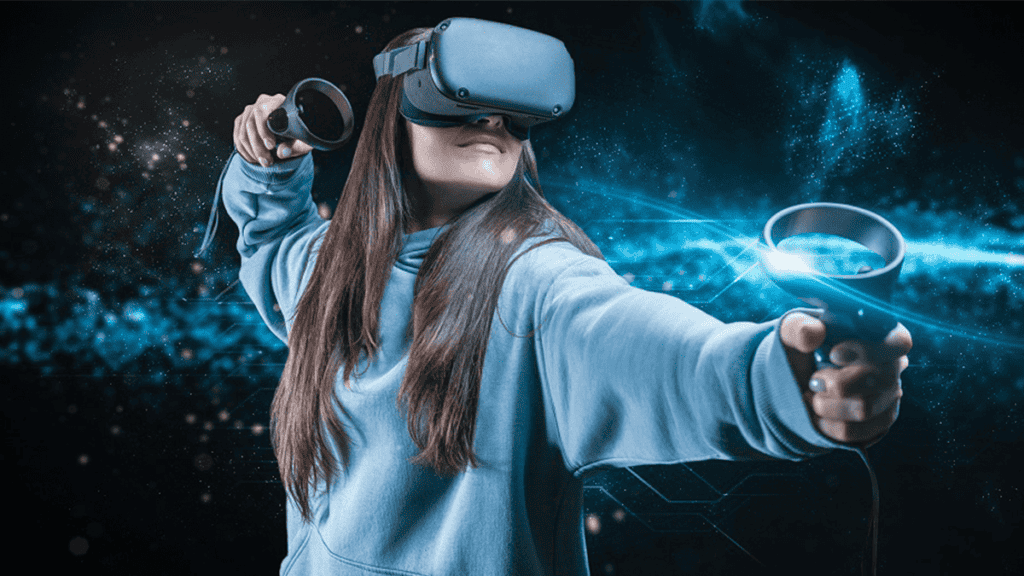Pixeld: Crafting Your Virtual Reality

Virtual Reality, known as VR, is no longer science fiction. (Sultan, 2024) stated that it’s a powerful technology that lets you step into a simulated environment and interact with it realistically. Imagine exploring different places without leaving and all from the comfort of your home. But Virtual Reality isn’t just one big thing. There are various types of VR, each with its features and uses.
Non-Immersive VR: non-immersive VR acts as the gateway to the world of VR. It utilizes familiar equipment like a computer monitor or mobile device screen. While interaction is limited, it provides a taste of VR experiences.
Semi-Immersive VR: imagine a curved movie screen or a projector system. This type of VR offers a broader view and even tracks your head movements within the virtual world, making it feel more natural.
Fully Immersive VR: This VR experience takes you to the next level. Here, users wear a head-mounted display (HDM) that creates a complete 360° virtual view. The HDM tracks movements, allowing users to navigate and interact with objects in the virtual world, just like in the real world.
Collaborative VR: imagine a virtual space where multiple people can come together, play, and interact. This collaborative VR allows users to interact socially and work within the virtual setting. It is an ideal solution for virtual meetings and conferences, allowing for remote teamwork on a project and even facilitating product development.
Virtual Reality Inc.: The Companies Shaping VR
Virtual Reality (VR) has taken the world, offering an experience for entertainment, training, and even social interaction. But with so many companies taking your attention, choosing suitable applications can be overwhelming.
| Company | Features | Pros | Cons |
| Meta (Oculus) | Oculus Quest standalone headsets Wide range of VR content Strong developer support | Market Leader User-friendly hardware Large content library | Reliant on Facebook account Privacy concerns |
| HTC Vive | High-end PC Connected VR systems Focus on precision tracking Open platform | Excellent visuals and tracking Room-scale VR experience Supports customization | Requires powerful PC Expensive compared to standalone headsets |
| Sony PlayStation VR | Integrates with PlayStation console Affordable entry point Large library of PlayStation Compatible VR games | Easy to setup Strong brand recognition Large and diverse game library | Primarily focused on gaming Tethered to console Lower resolution compared to high-end options |
| Valve Index | High-resolution displays Finger tracking controllers Wide field of view | Excellent visuals and fidelity Advanced tracking SteamVR ecosystem | Expensive Requires powerful PC Tethered to PC |
| Pico Interactive | Standalone VR headsets Focus on the Chinese market Affordable price point | Gaining traction in Asia User-friendly interface Competitive Pricing | Limited availability outside of China The content library is primarily in Chinese |
| Starline (Google) | High-fidelity volumetric video Spatial audio Telepresence effects | Increased sense of connection Improved remote collaboration Potential applications beyond video calls | Technical limitations Accessibility Privacy concerns |
Beyond the Headset: A Balanced Look at VR
Virtual Reality (VR) has opened doors to a new world of experiences. But VR isn’t a purpose solution. Different types of VR cater to diverse needs and preferences. Here are the four main categories of VR, exploring strengths and weaknesses that help you decide what VR experience;
| VR type | Strengths | Weaknesses |
| Non-immersive VR | Accessible Cost-effective Low barrier to entry | Limited interaction Less immersive |
| Semi- Immersive VR | Wider field of view Head tracking Applications beyond entertainment | Limited interaction with the mouse or keyboard Setup requirements |
| Fully Immersive VR | Unparalleled immersion Rich interaction Diverse applications | Costly Technical requirements Limited mobility |
| Collaborative VR | Social interactions like virtual meetings Remote teamwork New possibilities like education | Technical requirements in specialized hardware and software Accessibility Privacy concerns |
Beyond Screen: How VR is Shaping Our World
Virtual reality is rapidly becoming a reality that shapes how we experience entertainment, education, healthcare, and even shopping. According to Marr, Here is the impact of Virtual Reality on society;
Entertainment: imagine feeling like you’re battling in a video game or rocking out in the front row at a concert. VR creates an experience that transports you to a new world.
Education: VR simulations put students right in action. Medical students can practice surgery virtually, and engineers can see complex machinery in 3D. Virtual field trips and interactive lessons make learning engaging and memorable.
Healthcare: VR is even helping doctors. It’s used to diagnose diseases and treat things like anxiety and PTSD. Also, VR therapy makes physical rehab more interactive, assisting patients in recovering faster.
Tourism: VR tours let you explore far-flung destinations from the comfort of your home, which can help you plan your next vacation. Hotels and resorts use VR to create experiences that entice potential guests (Marr, 2021).
THE EVOLVING CANVAS: The Next Horizon

Virtual Reality (VR) has established a powerful technology with significant present and future. However, VR’s potential extends far beyond these initial applications. The virtual reality technology continues to develop and become accessible as the years pass by, and we can expect more extraordinary transformations;
Imagine school trips where you can walk with animals and explore the oceans. VR could make learning way more exciting. Even doctors could practice surgery in detailed virtual worlds.
Virtual reality is becoming a new way to connect with people. Imagine going to concerts with friends from anywhere in the world or having work meetings in cool virtual spaces.
As VR gets more straightforward to use, more people will be able to experience it. People with disabilities might be able to do things they never could before in faraway places.
Maya Chen’s journey began in software development, focusing on virtual reality simulations. With a degree in computer science and a knack for creating immersive experiences, Maya saw the potential of VR and AR to transform entertainment and education.

